Unless you live in a shooting lodge or castle, you’re not likely to have, let alone want, a stag’s head on the wall.
What such glum trophies add to the aesthetic of an interior is a matter for debate. The same goes for other taxidermy items and animal skin soft furnishings.
The Victorians were big on taxidermy, fascinated as they were by exotic travel, and any souvenirs from foreign lands were highly prized.
The 1851 Great Exhibition in London included on its guest list Charles Darwin, Charles Dickens, Karl Marx and Lewis Carroll. There were also 26 taxidermists showcasing their work.
They came from all around the world and brought with them specimens including lions, wolves and leopards and all manner of stuffed furry and feathered creatures.
The Regency era, which preceded the Victorian, also saw the very wealthy adorn their homes with animals, but of the living, breathing, pouncing and clawing kind.
Pet dogs and cats were commonplace, but it was not unheard of for a household to boast a monkey, orangutan or even a lemur.
Queen Charlotte kept zebras and would give away kangaroos as gifts.
Thankfully these days there’s a much less cruel, not to mention messy, way to get animals into your home décor.
This season’s Regency range from Homesense features aristocratic-looking dogs and horses, while peacocks and flamingos remain a staple for design inspiration.
Animal motifs are especially suited to children’s rooms (what child doesn’t love a tiger or elephant) but bring an energy and playfulness to other areas too.
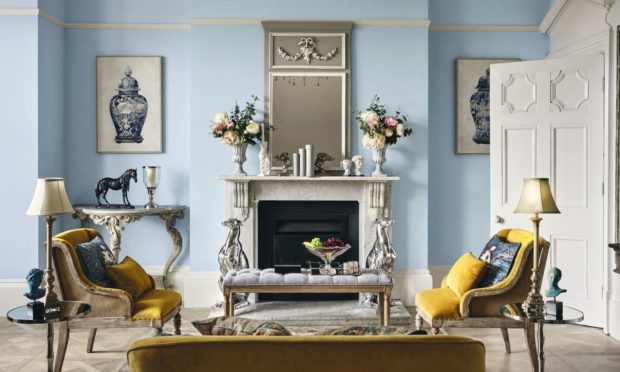
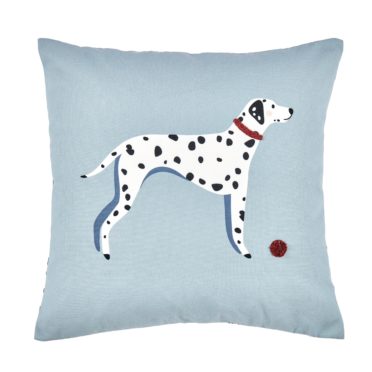
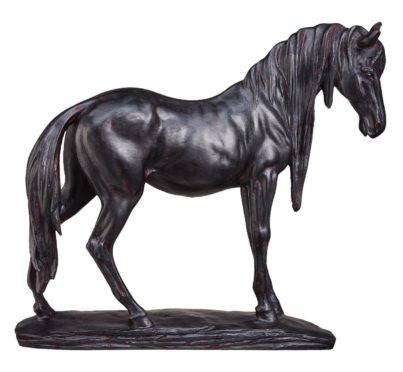
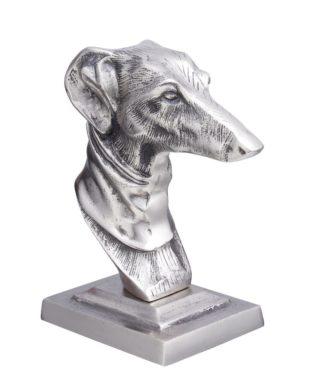
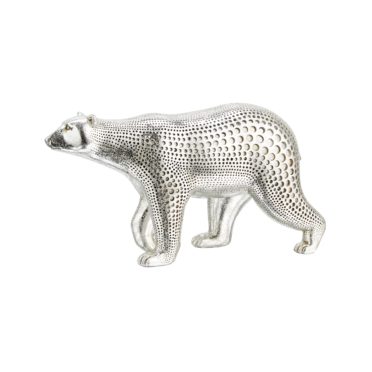
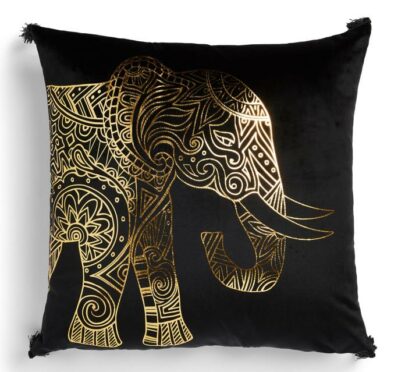
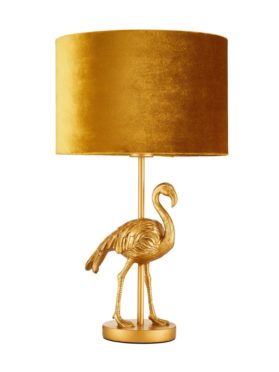
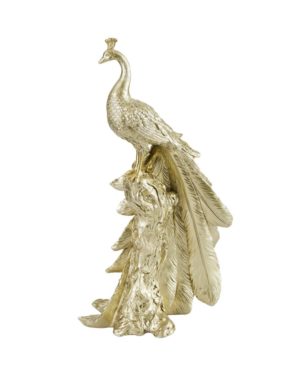
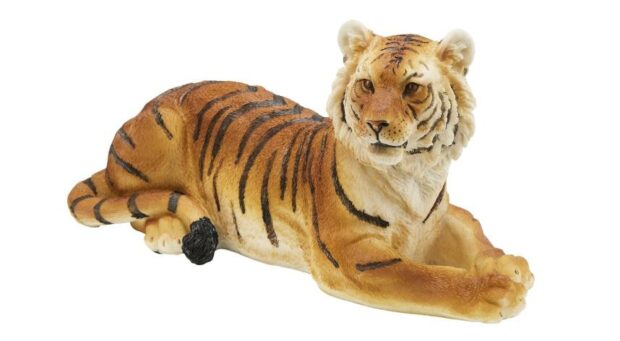
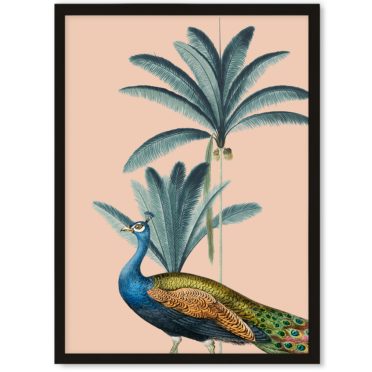
Conversation